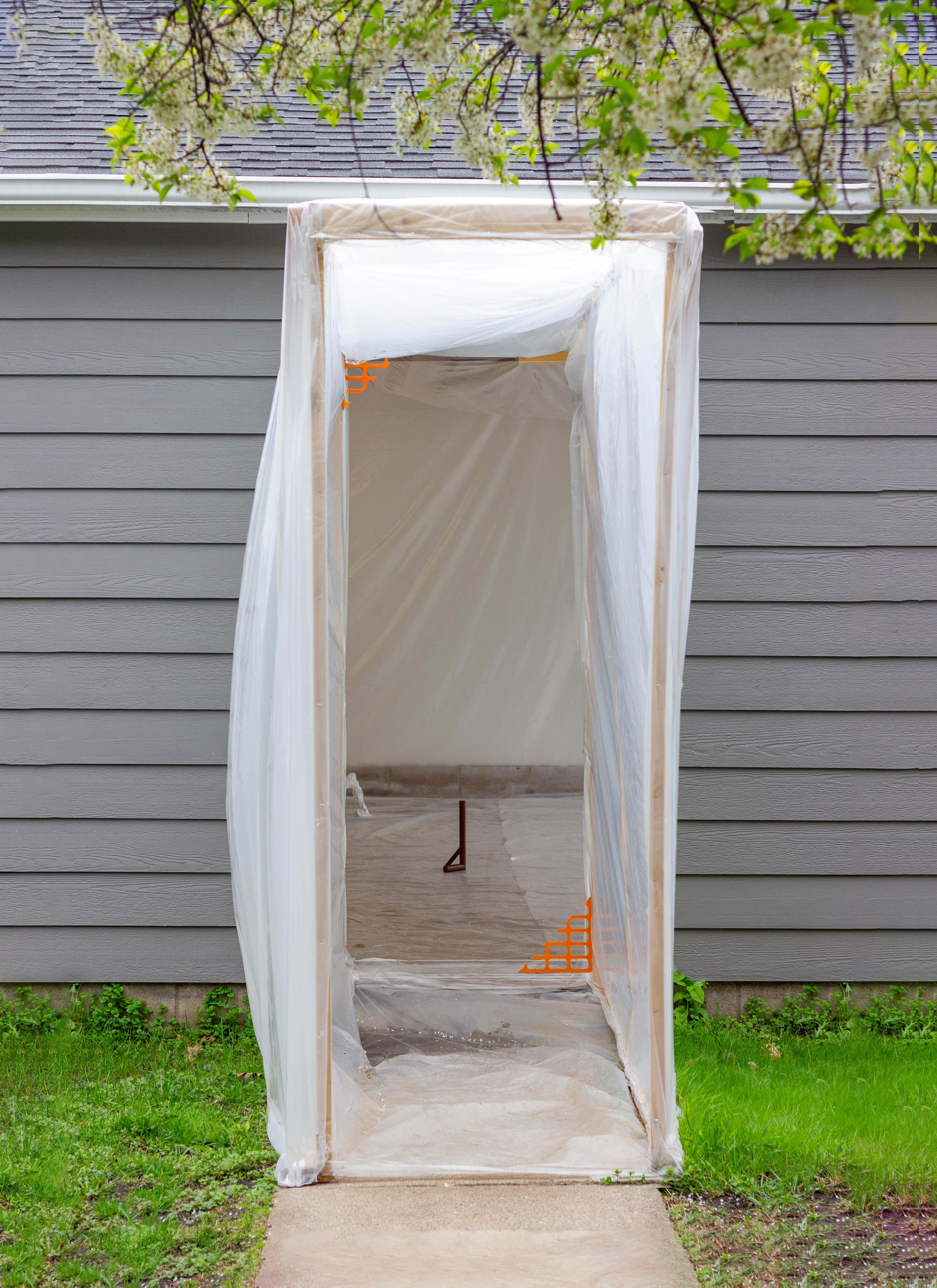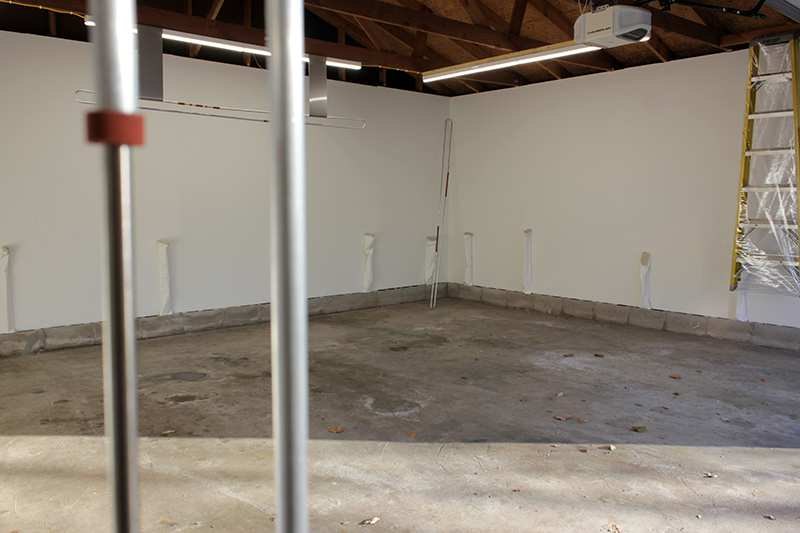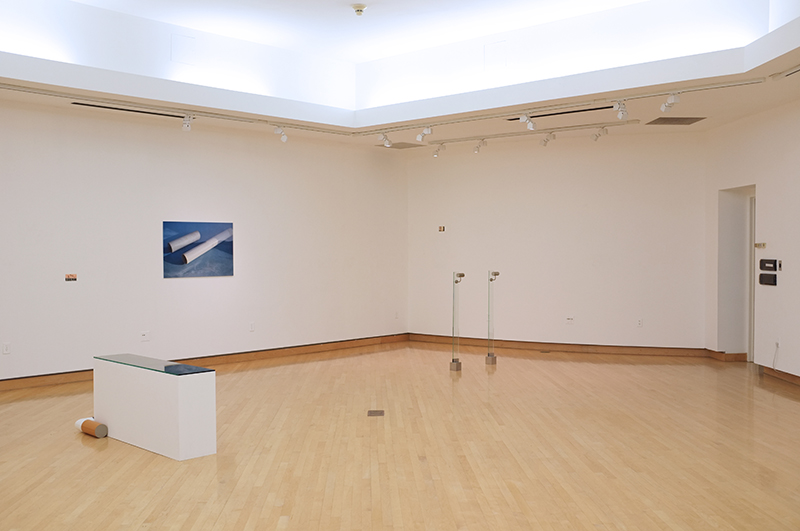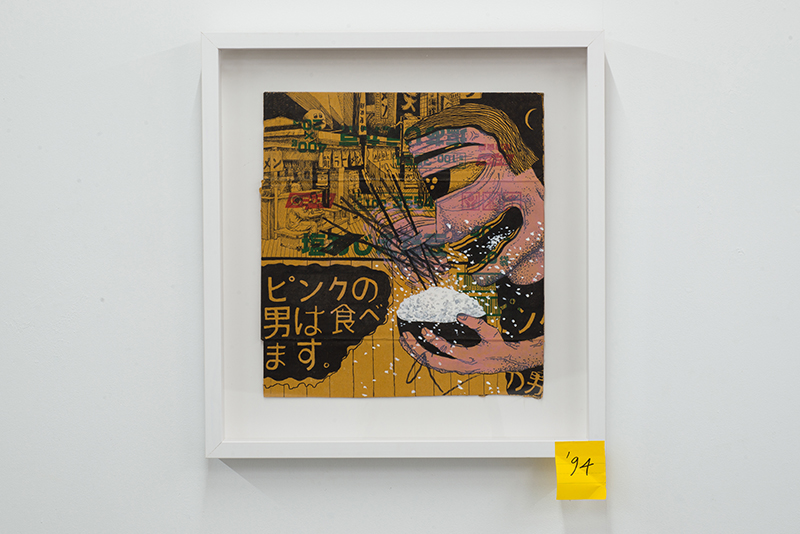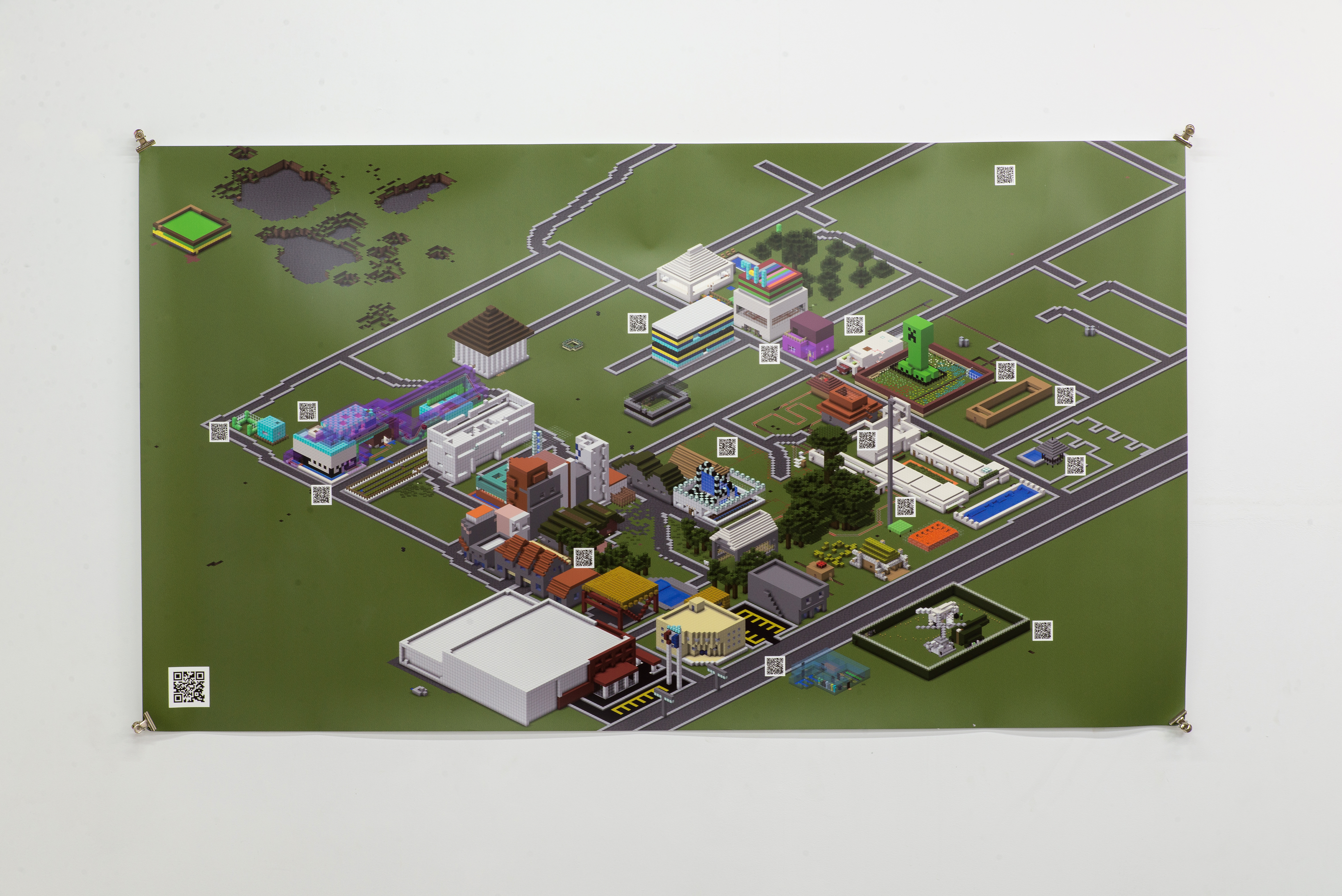FOGSTAND
Gallery & Studio
GOODBYE!
漢 ︎︎︎ EN
Contact ︎︎︎ 聯絡
Support ︎︎︎ 贊助
About ︎︎︎ 關於
Exhibition
Archive ︎︎︎ 歷年
Artist ︎︎︎ 藝術家
Workshop ︎︎︎ 工坊
Residency ︎︎︎ 駐村
News ︎︎︎ 新聞
Shop ︎︎︎ 販售
Gallery & Studio
GOODBYE!
漢 ︎︎︎ EN
Contact ︎︎︎ 聯絡
Support ︎︎︎ 贊助
About ︎︎︎ 關於
Exhibition
Archive ︎︎︎ 歷年
Artist ︎︎︎ 藝術家
Workshop ︎︎︎ 工坊
Residency ︎︎︎ 駐村
News ︎︎︎ 新聞
Shop ︎︎︎ 販售
FOGSTAND Gallery & Studio is a nonprofit art space and creative education centre. The space is temporarily closed.
This website has served as an online archive since 2024.
©2014-2025
FOGSTAND Gallery & Studio. All rights reserved.














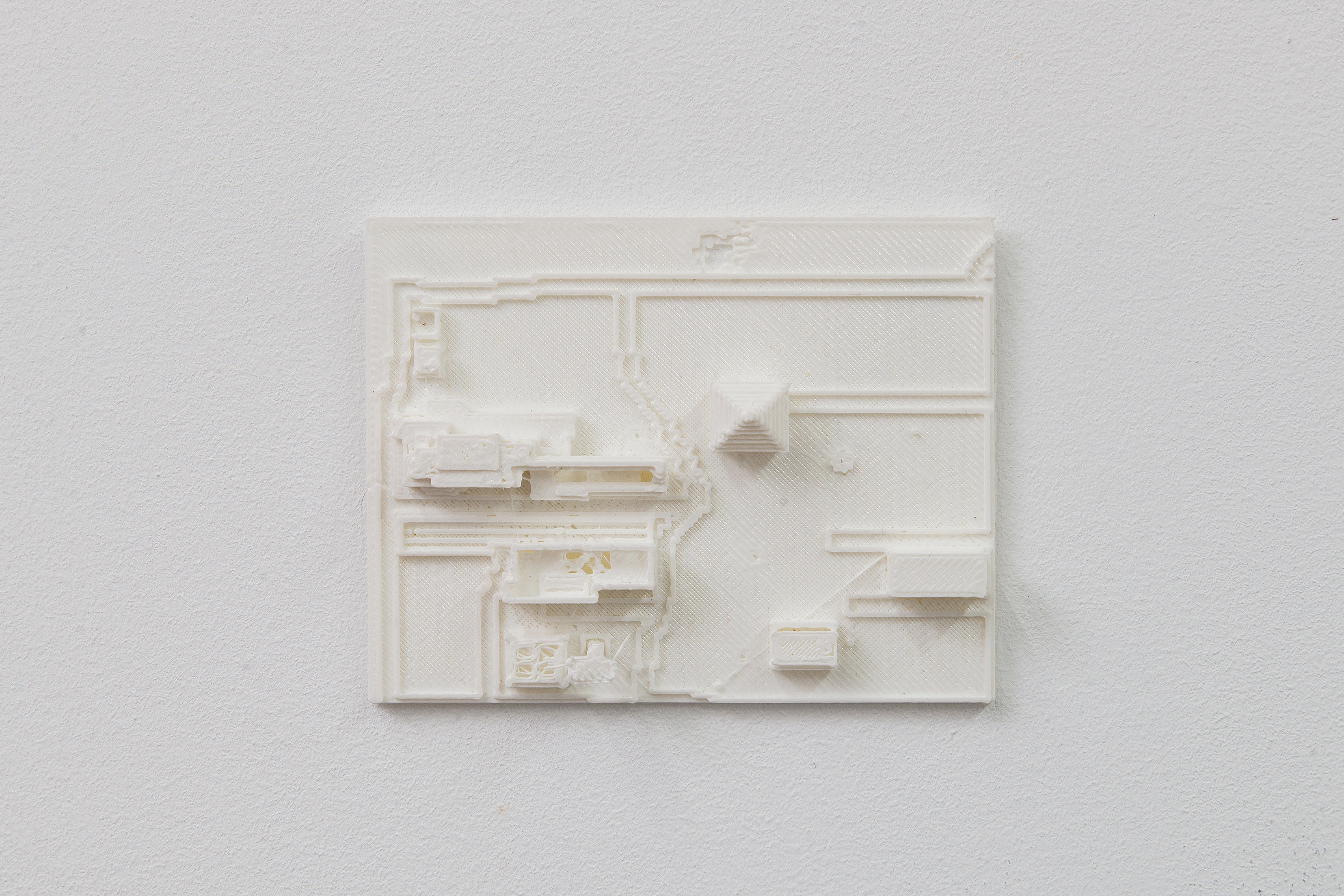
Exhibition on view: 08/15 - 08/31/2015
Opening : 08/15/2015, 1-5pm
Venue: FOGSTAND @ Hualien, Taiwan
Digital Exhibition Catalogue
Sponsor by Acer
3D print by Ren-Hong Zheng
Opening : 08/15/2015, 1-5pm
Venue: FOGSTAND @ Hualien, Taiwan
Digital Exhibition Catalogue
Sponsor by Acer
3D print by Ren-Hong Zheng
FOGSTAND is pleased to present Guerrilla Language: Jia-Li, a visual presentation drawn from the Guerrilla Language Summer Youth Performance Project, which took place from June until the end of July, 2015.
The Guerrilla Language: Summer Youth Performance Project picked up from our first Guerrilla Language workshop, namely by attempting to re-engage the identity of indigenous language through the concepts and methods of current “post-historical” contemporary art practices.1 Although difficult and atypical, it is rewarding to see how contemporary art’s struggle with self-definition can inspire the re-definition of indigenous identity, by and for indigenous communities.
While the last Guerrilla Language Workshop used the method of Cut-Ups as the aesthetic foundation, Guerrilla Language: Summer Youth Performance Project drew inspiration from the concept of the readymade, initiated by artists such as Marcel Duchamp and further developed by artists like Andy Warhol. The concept of the readymade in this particular project functions by demonstrating the agency and pliability of mediums taken from one context and re-purposed for another. In addition, FOGSTAND Gallery & Studio wanted to stress the concept of authorship in regards to native iconography and imagery. Much of Native Taiwanese iconography and imagery has, not unlike The Campbell’s tomato soup can, been turned into a readymade, used to promote shopping malls, be a quick signifier for “authenticity”, and a vehicle for the tourism industry. With this project, we aimed to turn the tables: to use a popular and dominate contemporary icon, Minecraft, and to have it re-purposed for the use of local indigenous children.
The actual program consisted in a summer long project/performance realized within the gallery space by the local children and teenagers of Jia-Li Township. By utilizing the popular video game, Minecraft, the project gave the local Jia-Li youth a chance to re-imagine and re-purpose their entire village within a virtual space. Going beyond the simple construction of buildings, streets, landmarks, and scenery, participants created an alternative Jia-Li, a village built and managed by their own motivations. Villagers were also encouraged to aid the construction of this virtual village through their own stories and memories of locations, both present and past.
The current display is not final, as the project will continue throughout the year. However, we are pleased to see enough progress to show our first installation of Jia-Li village. The installation has been documented using two differing methods: a series of 3D printed objects, each illustrating a portion of the alternate Jia-Li, as well as a colorful map, complete with QR codes that direct viewers to specific information about the participants creations (a catalogue is also available to those who do not have the ability to use QR codes).
The viewer is first greeted by the large map, positioned directly opposite of the entrance. This map is a high resolution screenshot taken in-game and gives the viewers a complete view of the progress, as well as the areas that have yet to be built. This traditional display style allows for the viewer to scan QR codes, which direct them to specific information around the participant’s creation.
The 3D prints act differently. If the large map helps to isolate specific creations and their authors, the 3D printed objects on the wall unify the separate aims into one experience. Unlike the map, these 3D printed objects contain no information beyond the tactile history of construction, in this case blocks added and blocks removed. However, with such limited information being presented, the viewer is invited to experience and speculate the idea of labor and material. Even though these constructions —monument, building, or divot— were constructed by a series of repetitive mouse clicks, the viewer still witnesses an actual transformation of material through the mediation of a tool, in this case the tool being a computer game. The final objects take on aspects of both relief sculpture and topography. The display style has been chosen to relate back to the screen, which always presents information vertically. Beyond being topographical information, these participants have built, chiseled, and shaped actual objects within the confines of a virtual space. In the spirit of Andy Warhol, FOGSTAND has taken it upon itself to re-represent the work of the participants in order to give the viewer another set of visual experiences to reflect on.
︎︎︎ 漢
The Guerrilla Language: Summer Youth Performance Project picked up from our first Guerrilla Language workshop, namely by attempting to re-engage the identity of indigenous language through the concepts and methods of current “post-historical” contemporary art practices.1 Although difficult and atypical, it is rewarding to see how contemporary art’s struggle with self-definition can inspire the re-definition of indigenous identity, by and for indigenous communities.
While the last Guerrilla Language Workshop used the method of Cut-Ups as the aesthetic foundation, Guerrilla Language: Summer Youth Performance Project drew inspiration from the concept of the readymade, initiated by artists such as Marcel Duchamp and further developed by artists like Andy Warhol. The concept of the readymade in this particular project functions by demonstrating the agency and pliability of mediums taken from one context and re-purposed for another. In addition, FOGSTAND Gallery & Studio wanted to stress the concept of authorship in regards to native iconography and imagery. Much of Native Taiwanese iconography and imagery has, not unlike The Campbell’s tomato soup can, been turned into a readymade, used to promote shopping malls, be a quick signifier for “authenticity”, and a vehicle for the tourism industry. With this project, we aimed to turn the tables: to use a popular and dominate contemporary icon, Minecraft, and to have it re-purposed for the use of local indigenous children.
The actual program consisted in a summer long project/performance realized within the gallery space by the local children and teenagers of Jia-Li Township. By utilizing the popular video game, Minecraft, the project gave the local Jia-Li youth a chance to re-imagine and re-purpose their entire village within a virtual space. Going beyond the simple construction of buildings, streets, landmarks, and scenery, participants created an alternative Jia-Li, a village built and managed by their own motivations. Villagers were also encouraged to aid the construction of this virtual village through their own stories and memories of locations, both present and past.
The current display is not final, as the project will continue throughout the year. However, we are pleased to see enough progress to show our first installation of Jia-Li village. The installation has been documented using two differing methods: a series of 3D printed objects, each illustrating a portion of the alternate Jia-Li, as well as a colorful map, complete with QR codes that direct viewers to specific information about the participants creations (a catalogue is also available to those who do not have the ability to use QR codes).
The viewer is first greeted by the large map, positioned directly opposite of the entrance. This map is a high resolution screenshot taken in-game and gives the viewers a complete view of the progress, as well as the areas that have yet to be built. This traditional display style allows for the viewer to scan QR codes, which direct them to specific information around the participant’s creation.
The 3D prints act differently. If the large map helps to isolate specific creations and their authors, the 3D printed objects on the wall unify the separate aims into one experience. Unlike the map, these 3D printed objects contain no information beyond the tactile history of construction, in this case blocks added and blocks removed. However, with such limited information being presented, the viewer is invited to experience and speculate the idea of labor and material. Even though these constructions —monument, building, or divot— were constructed by a series of repetitive mouse clicks, the viewer still witnesses an actual transformation of material through the mediation of a tool, in this case the tool being a computer game. The final objects take on aspects of both relief sculpture and topography. The display style has been chosen to relate back to the screen, which always presents information vertically. Beyond being topographical information, these participants have built, chiseled, and shaped actual objects within the confines of a virtual space. In the spirit of Andy Warhol, FOGSTAND has taken it upon itself to re-represent the work of the participants in order to give the viewer another set of visual experiences to reflect on.
︎︎︎ 漢

























